Glass-plate photography
The collection of glass-plate negatives held in the State Archives and Justice & Police Museum are endlessly fascinating and revealing.
State Archives Collection
The State Archives Collection holds thousands of photographic images from the late 19th Century to the present, capturing life in NSW in much of its richness and diversity. The original formats of these images vary widely, from glass plates and lantern slides to 35mm negatives, colour transparencies and prints.

Government Printing Office Glass Negatives
From the late 19th century into the 20th century, photography played a significant role at the Government Printing Office, leading to a rich and varied collection of images depicting life in New South Wales
Maritime Services Board
Over 4000 digitised glass plate negatives from the Maritime Services Board (MSB), available to browse, date from 1870 to 1960 and show Sydney Harbour as a working harbour and place of natural beauty
Read onNSW Police Forensic Photography Archive
The NSW Police Forensic Photography Archive at the Justice & Police Museum contains photographic negatives in several formats and sizes created between around 1910 and 1964. These negatives are both a record of how NSW Police used photography and a reflection of how photographic technology changed during these decades.
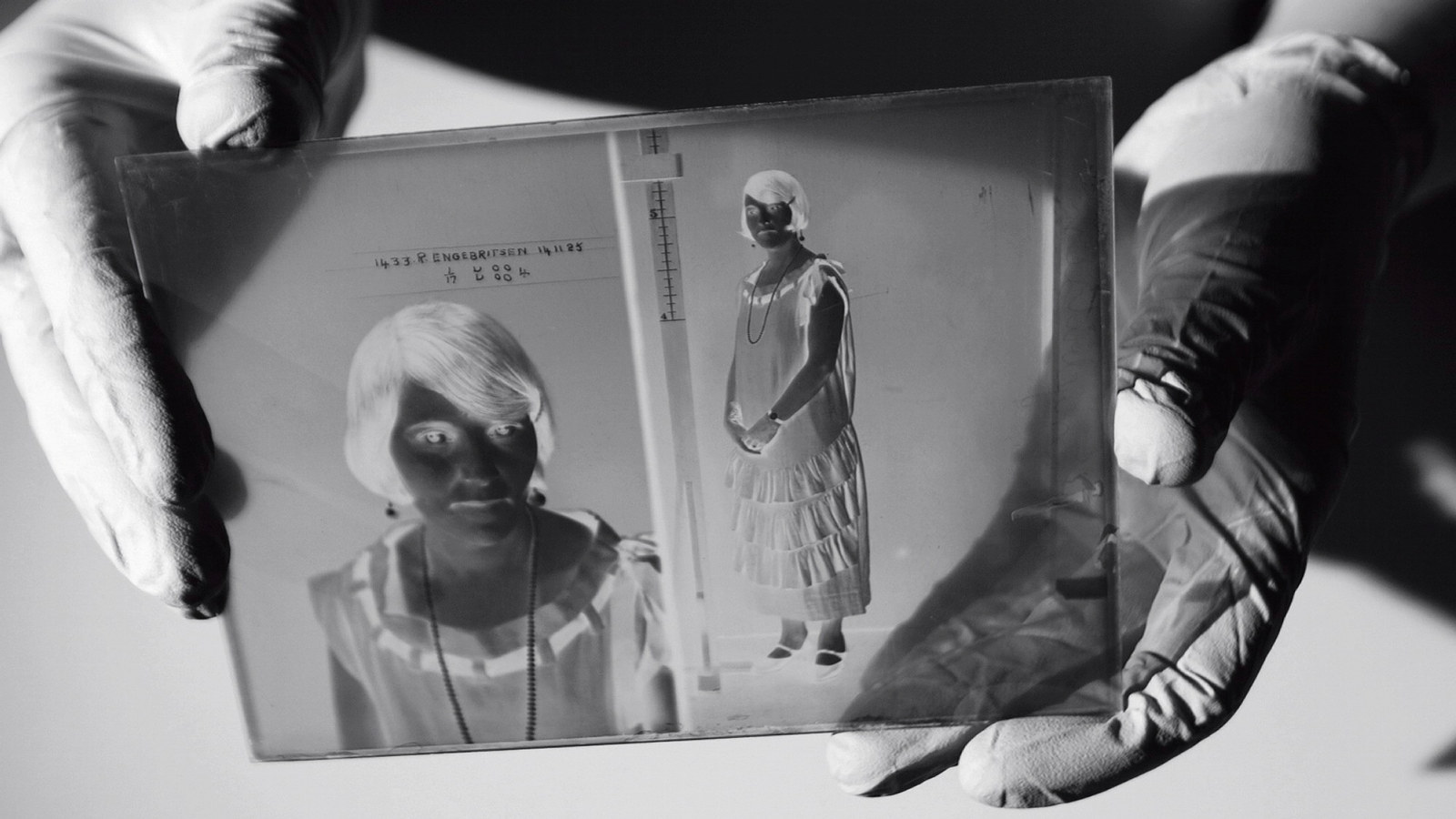
The Collection: NSW Police Forensic Photography Archive
The Justice & Police Museum cares for an eclectic collection of material relating to Sydney’s criminal and policing history
Let's get technical
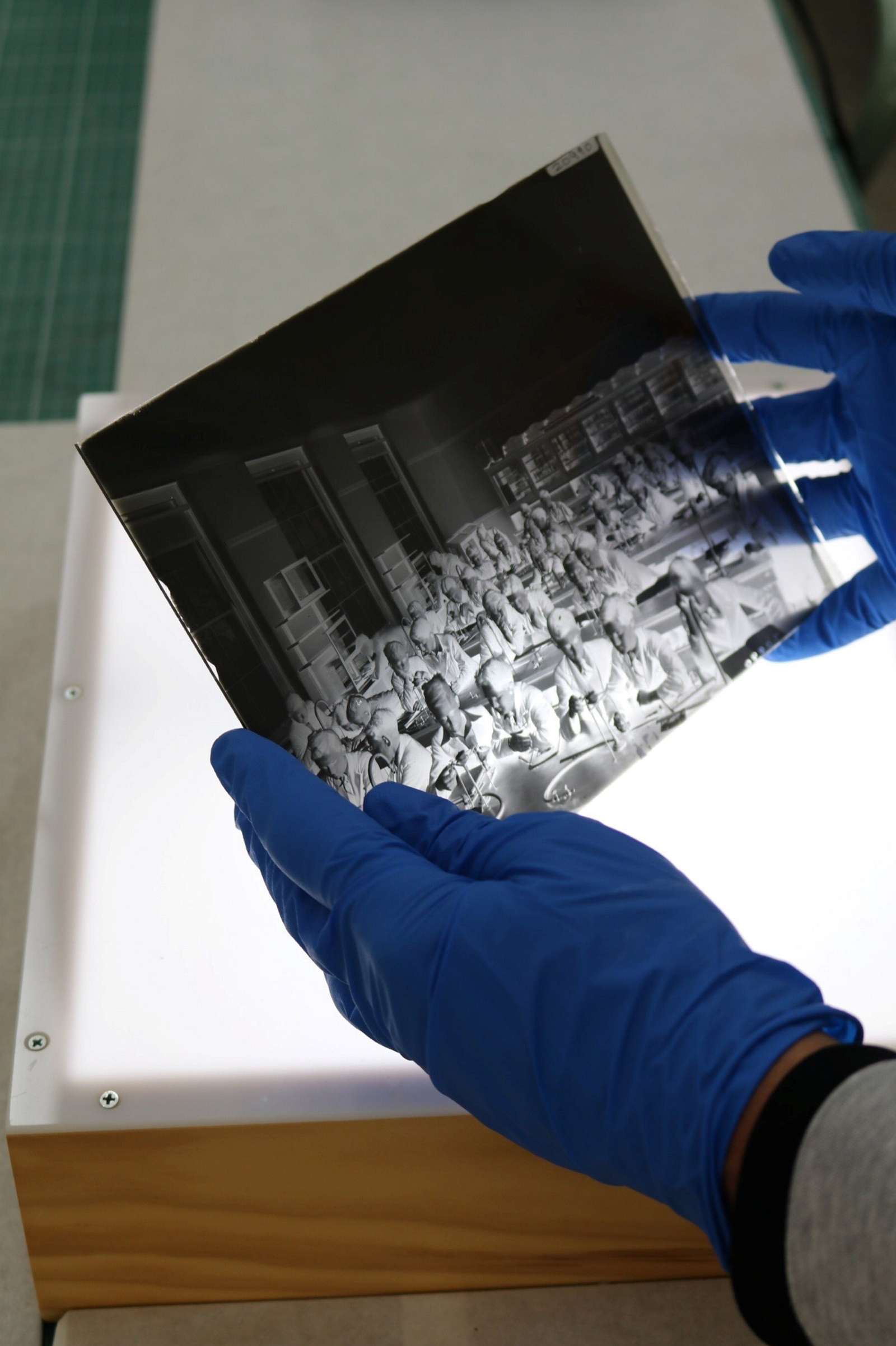
Conservation tip: rehousing glass plate negatives
As with many conservation techniques the expertise and dexterity of the practitioner is paramount to the success of the treatment
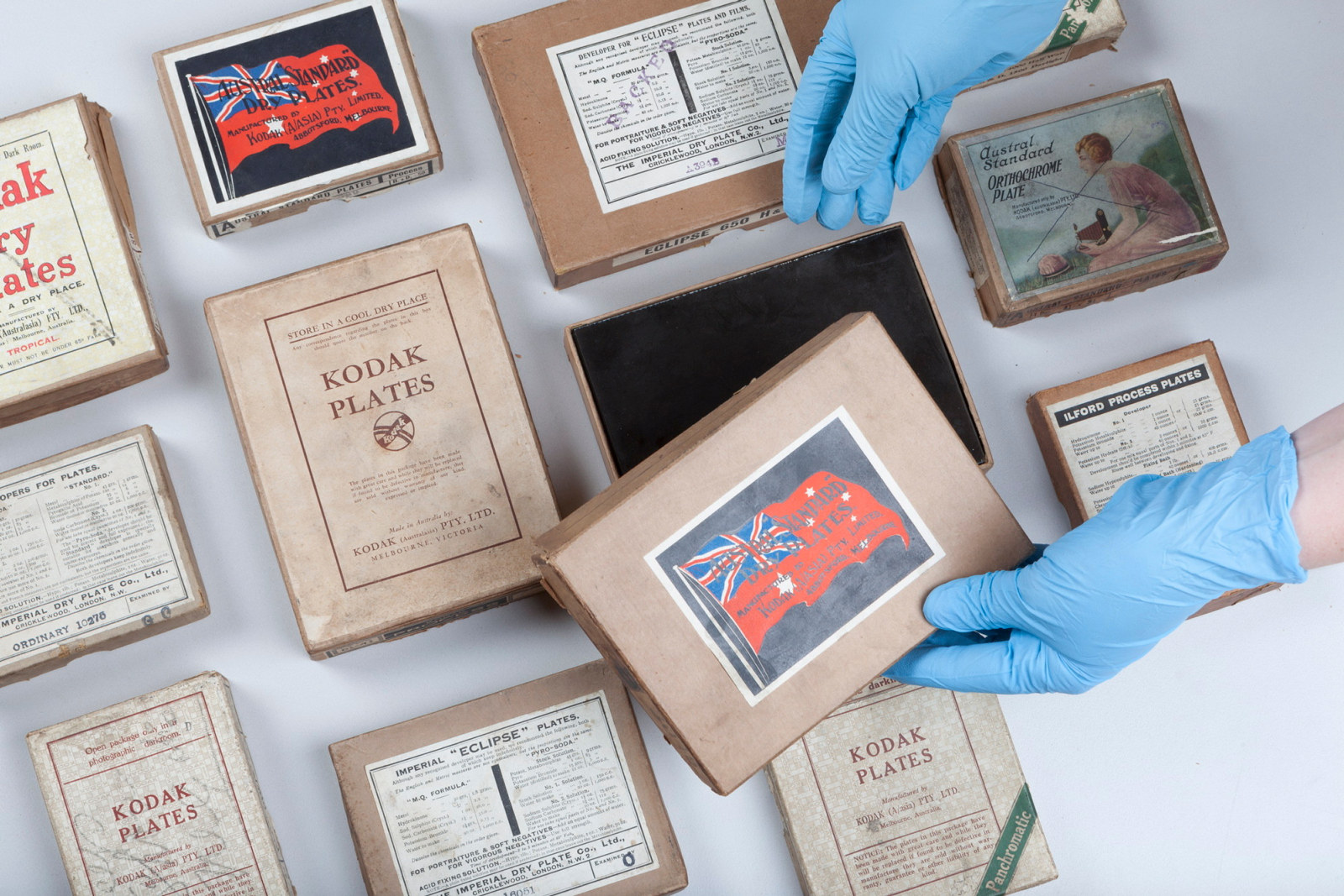
The archive’s negatives
The New South Wales Police Forensic Photography Archive contains photographic negatives in several formats and sizes created between around 1910 and 1964
What are the ‘Specials’?
The most popular images in the archive are those known as the ‘Specials’, mugshots of suspects in police custody, and especially those photographs taken between 1920 and 1930. We do not know why the police named the photographs ‘Specials’, but the term hints at the rare and inviting qualities of these images, and at their contravention of the norms of police mugshots. Unique among international police photography, the Specials capture both the physical characteristics of the suspect and a glimpse of their personality. Our research indicated that the Specials’ remarkable aesthetic may be the creation of police photographer George Howard, whose ‘artistic proclivities’ were noted in contemporary newspaper reports.
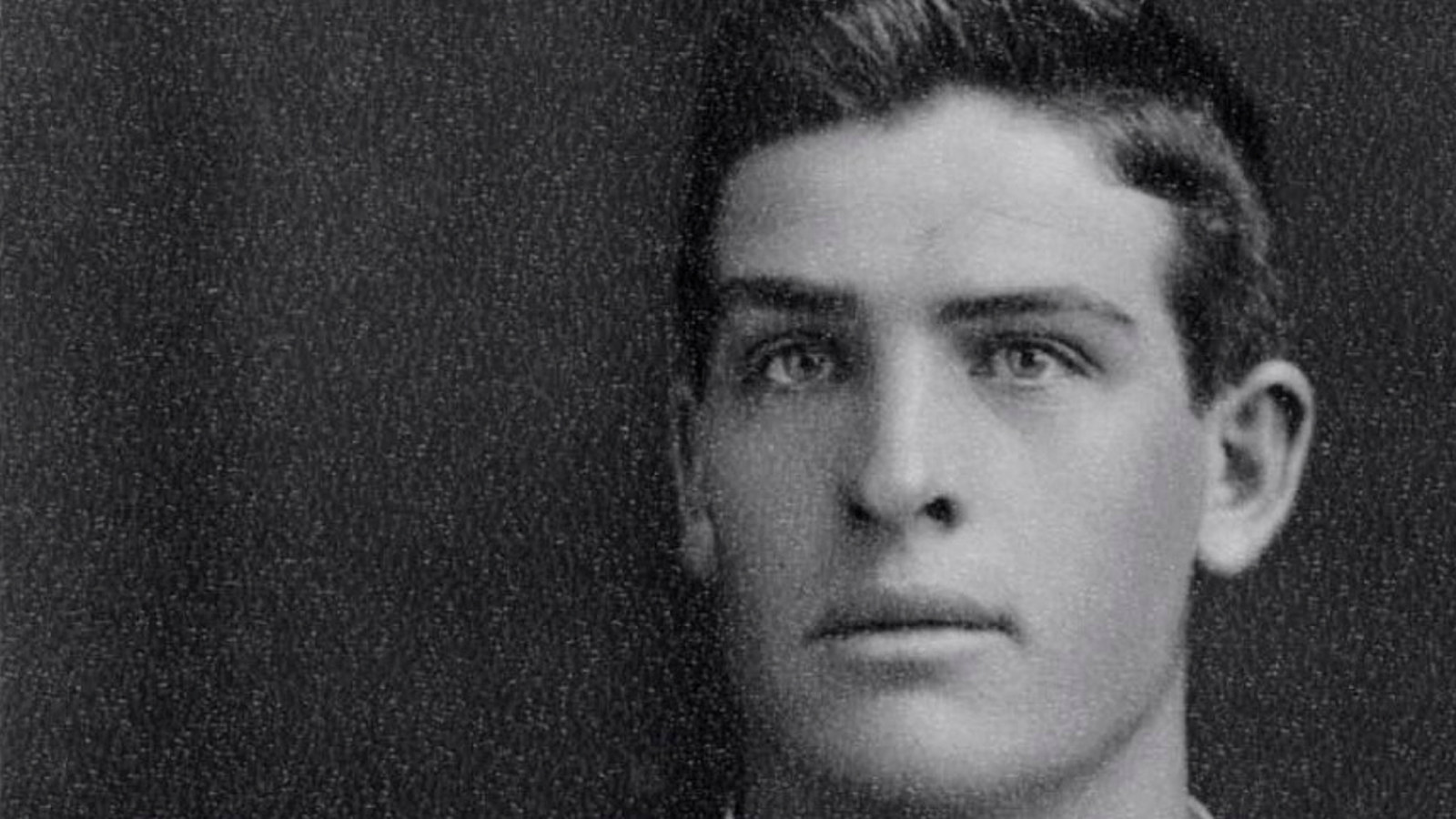
Police photographer George Howard
George B Howard was a prominent police photographer in Sydney during the 1920s
Underworld

Underworld
Barbara Turner Taylor: Plotter
Described by police as the cleverest magswoman and confidence trickster in New South Wales, Barbara Turner Taylor was a master in manipulation

Underworld
Behind The Scenes: Underworld Exhibition Design
Join Kieran Larkin Senior 3D Designer, as he takes us behind the scenes of the design of our Underworld: Mugshots from the Roaring Twenties exhibition
These fragile glass plates are not directly accessible to the public. Instead, after Conservation makes a positive health check on this glass plate negative it will go to the Digitisation team, and the researcher will receive a digital copy.
Published on
Photo collections
Browse all
House photo albums
These specially produced photograph albums (some in published form and others consisting of photographs pasted into an album) comprise images of one or more domestic dwellings and depict exteriors, interiors and gardens in NSW mostly from the late 19th to the early 20th centuries

Richard Stringer’s architectural photographs, 1968–2003
This portfolio contains 55 photo prints taken by architectural photographer Richard Stringer, dating from 1968 to 2003, documenting significant Australian domestic buildings

Barry Wollaston: historic buildings in the county of Cumberland (NSW), 1954
This collection consists of 232 photo negatives by architect and photographer Barry Wollaston of buildings in the Sydney region considered by the Royal Australian Institute of Architects in the early 1950s to be of architectural and historical value

A pictorial guide to identifying Australian architecture – photo collection
This collection of over 700 black and white photo prints was used to illustrate the book 'A pictorial guide to identifying Australian architecture' by Richard Apperly, Robert Irving and Peter Reynolds, first published in Sydney in 1989

Electricity Commission
These photos record the power generation and transmission assets of the organisation and document the working conditions and social events of its employees
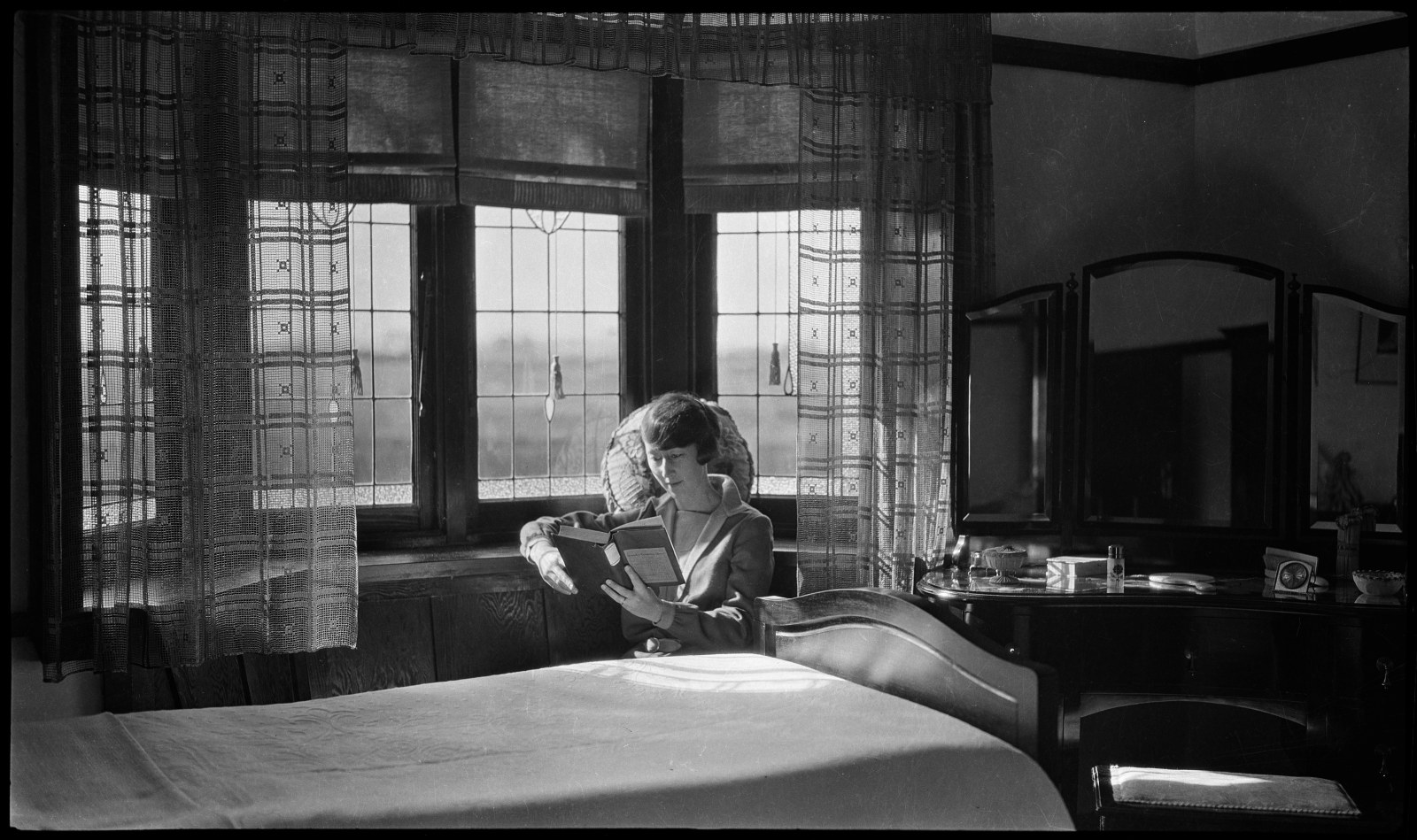
Alan Spearman Evans Collection
The Alan Spearman Evans Collection comprises over 2000 photographic images of houses, house interiors, garden landscapes and industrial workplaces in NSW
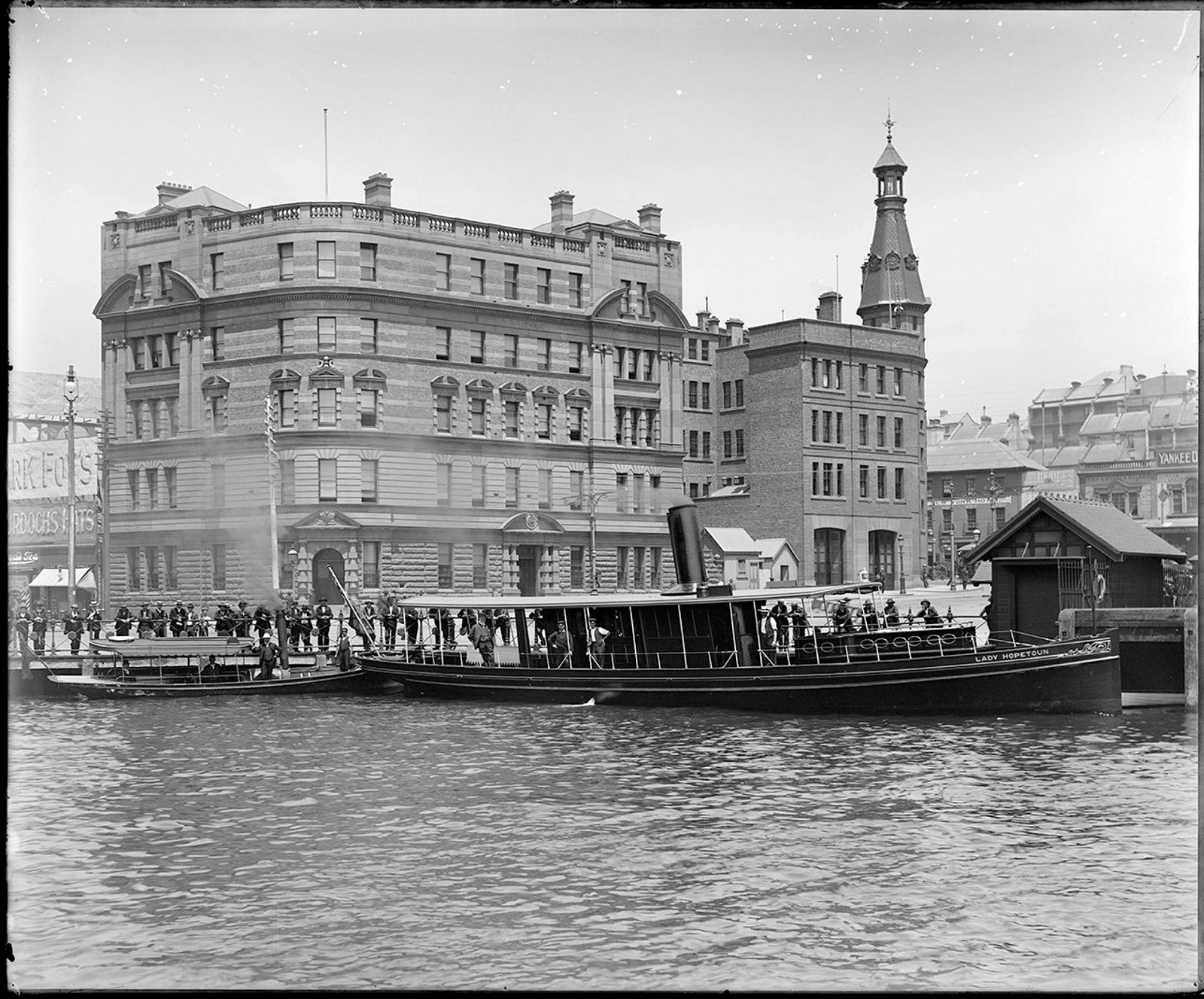
Maritime Services Board
A sample of the 4000+ digitised glass plate negatives from the Maritime Services Board
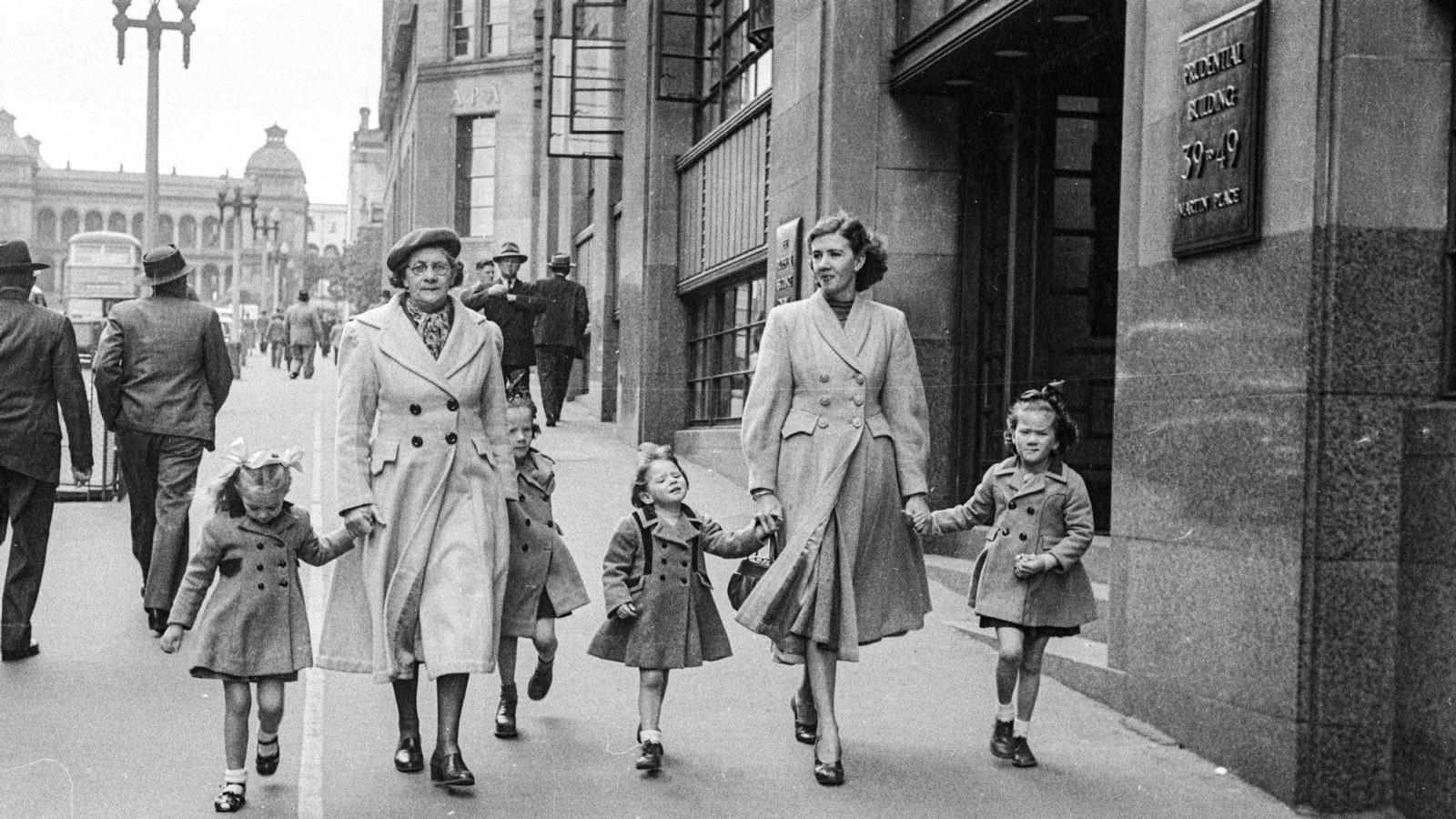
Ikon Studio
During the public call out for our Street Photography exhibition an extraordinarily rare collection of street photography negatives came to light. The Ikon Studio negatives provide a fascinating visual narrative of the street photographer at work

Documenting NSW Homes
Recorded for the future: documenting NSW homes
The Caroline Simpson Library has photographically recorded homes since 1989

Government Printing Office Glass Negatives
From the late 19th century into the 20th century, photography played a significant role at the Government Printing Office, leading to a rich and varied collection of images depicting life in New South Wales